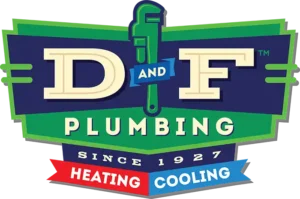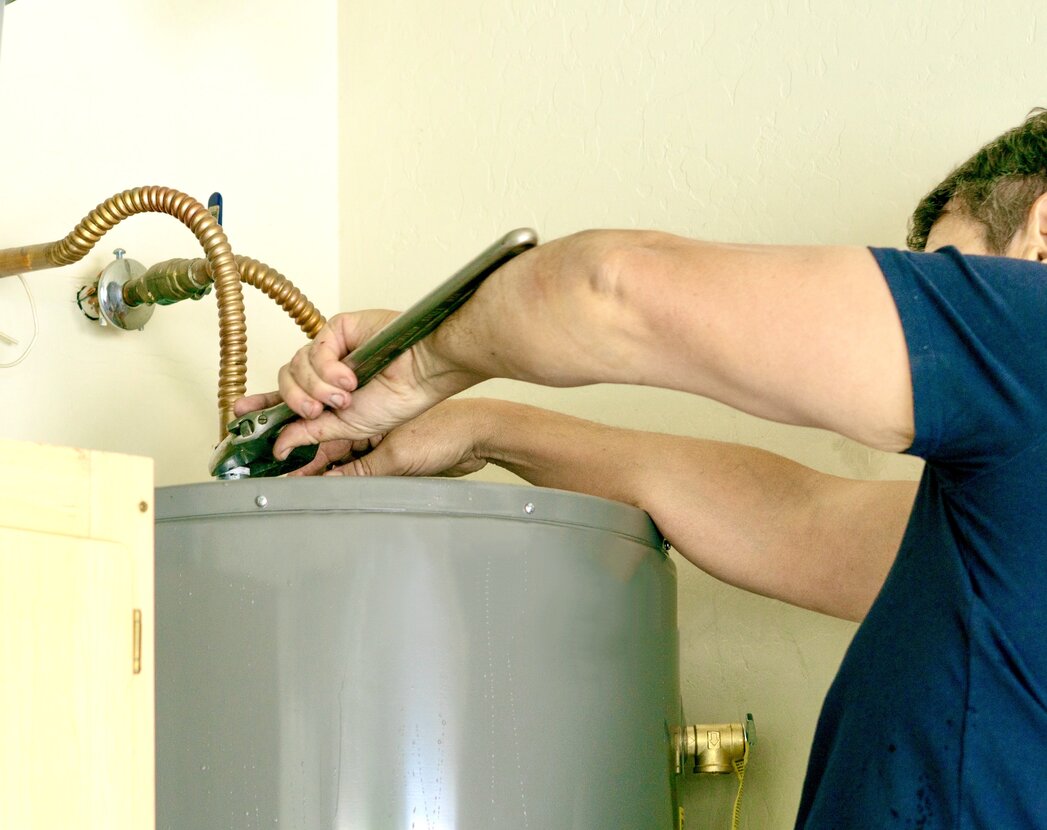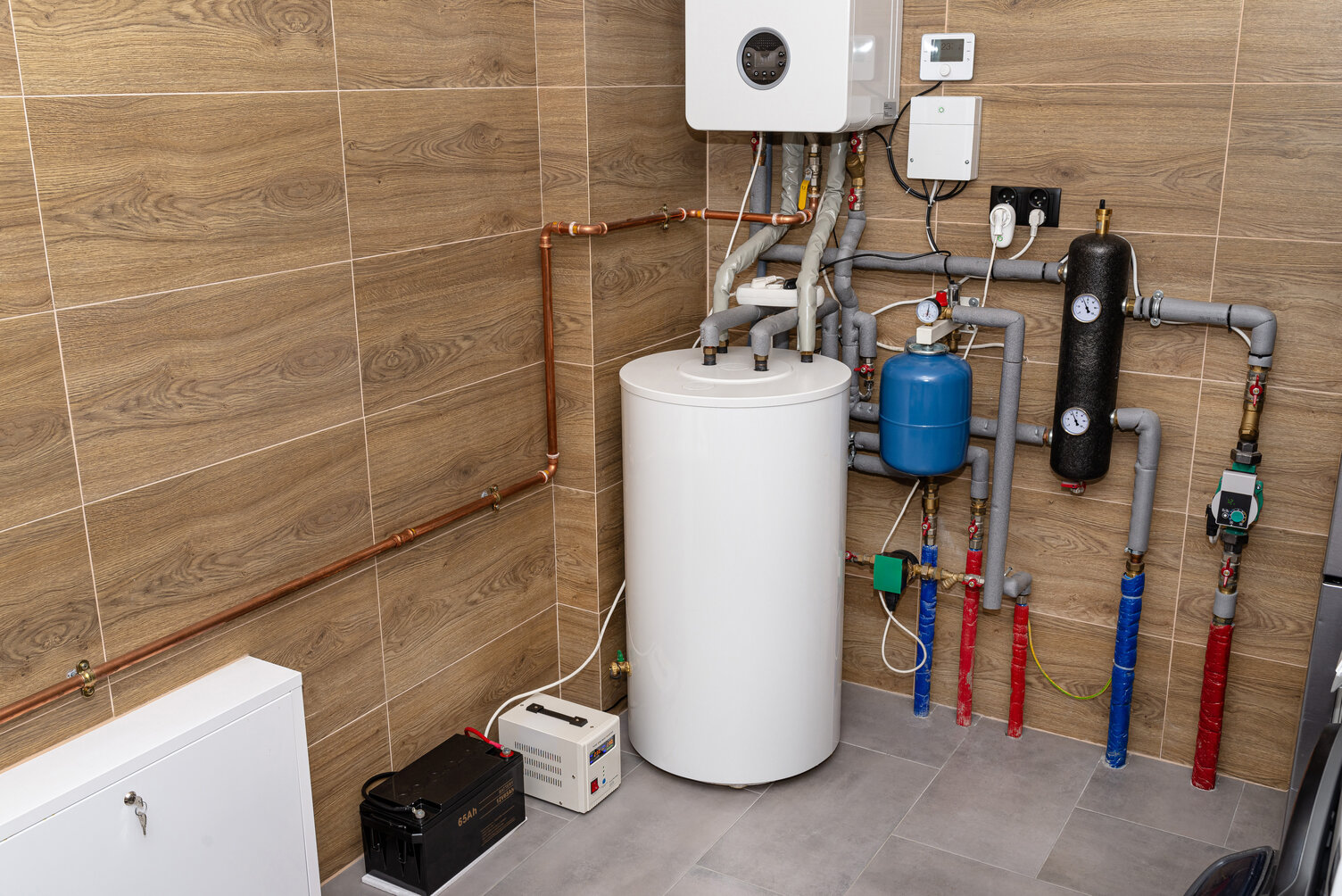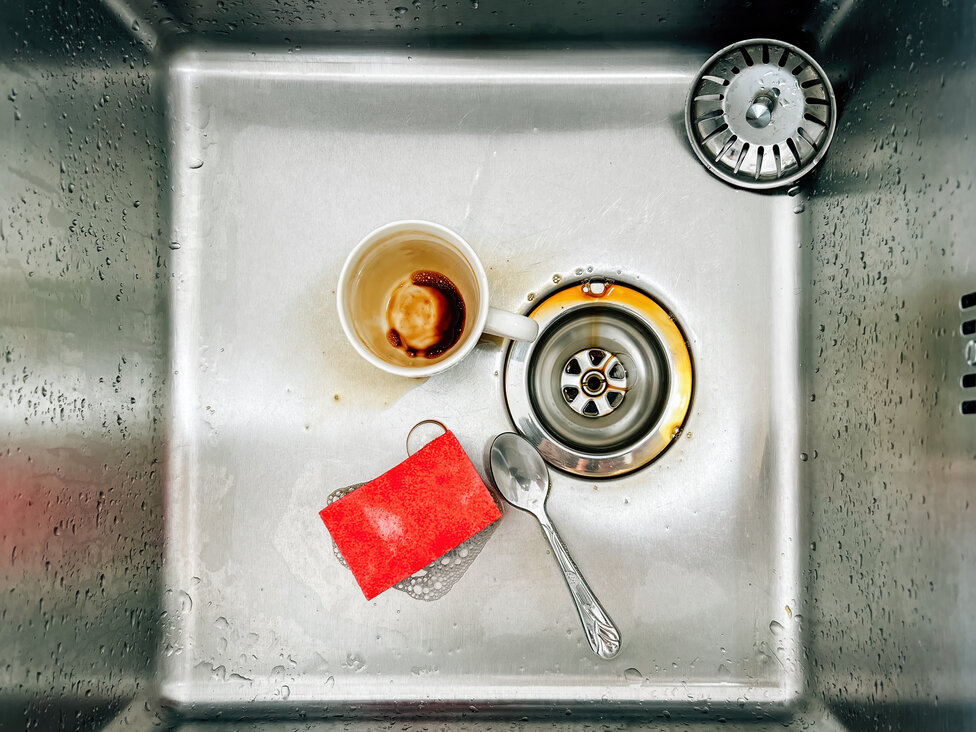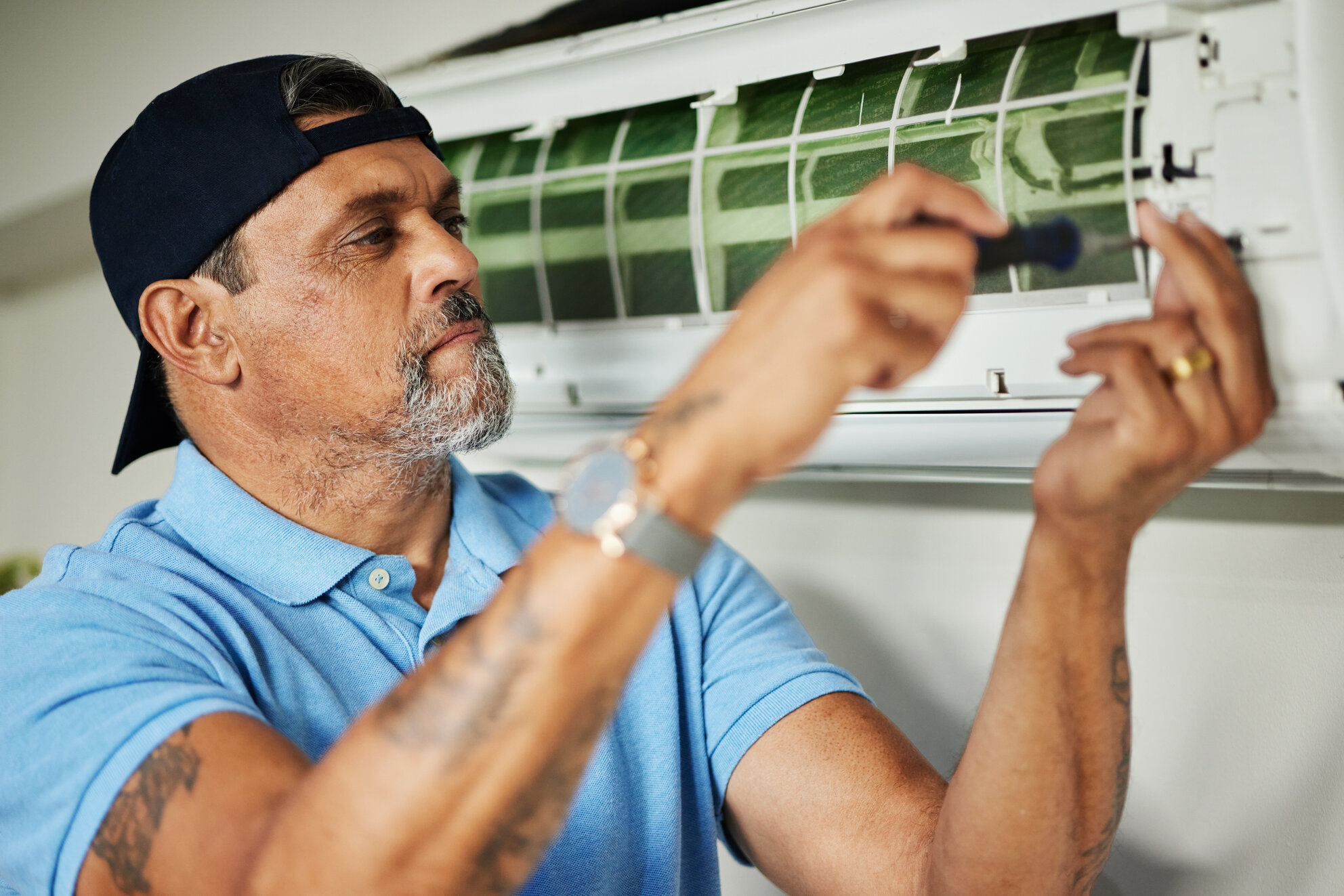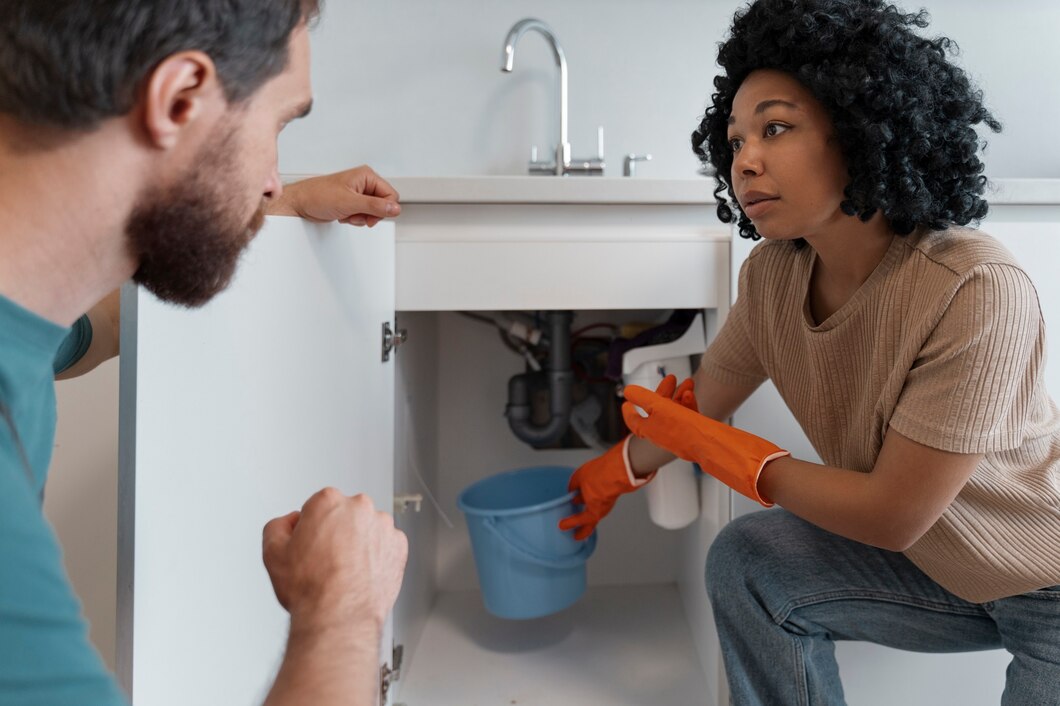Installing a gas water heater requires careful preparation and attention to detail. It is not just about placing the unit and connecting a few pipes. Proper installation ensures the safety and efficiency of the water heater, providing your home with a reliable source of hot water.
Before beginning the installation, it’s important to gather all necessary tools and materials. Ensuring proper ventilation and safely turning off utilities are crucial steps that must not be overlooked. These preparatory actions lay the groundwork for a successful installation process.
Proper installation also involves several safety checks and inspections to ensure everything is working correctly. Knowing when to call our professionals can save you from potential hazards and complications. A thorough and safe installation not only prolongs the life of your gas water heater but also ensures your household remains safe and comfortable.
Preparing for Installation
Gathering Necessary Tools and Materials
Before you start the installation, make sure you have all the essential tools and materials. You’ll need wrenches, pipe cutters, screwdrivers, and Teflon tape. Additionally, having a new water heater, proper venting materials, and pipe fittings will ensure smooth progress. Gathering everything beforehand saves time and helps avoid interruptions during the installation.
Ensuring Proper Ventilation
Proper ventilation is crucial for the safe operation of gas water heaters. Make sure the installation area is well-ventilated to prevent the buildup of harmful gases like carbon monoxide. It’s essential to check the existing venting system for any blockages or damages. If needed, install new vents to ensure proper airflow. Good ventilation not only ensures safety but also improves the efficiency of the water heater.
Turning Off Utilities Safely
Safety is paramount when installing a gas water heater. Start by turning off the gas supply to avoid any leaks or hazards. Locate the gas shutoff valve and turn it to the off position. Then, turn off the water supply by closing the main water valve. Finally, cut off the power supply if the water heater is connected to an electric source. Taking these steps minimizes risks and prepares the area for safe installation.
Steps for Installing a Gas Water Heater
Removing the Old Water Heater
Begin by draining the old water heater. Attach a hose to the drain valve and let the water flow into a drain or outside. Once drained, disconnect the gas line using a wrench and carefully remove it from the unit. Detach the water supply lines and carefully move the old heater out of the way. Ensure the area is clear and clean before bringing in the new unit.
Positioning the New Water Heater
Place the new water heater in a position similar to the old one, ensuring easy access for future maintenance. Make sure the water heater is level and stable. Providing a stable base prevents vibrations and potential damages. Follow the manufacturer’s guidelines for proper positioning, paying attention to clearances and ventilation requirements.
Connecting the Water Supply
After positioning the new unit, reconnect the water supply lines. Use new fittings and Teflon tape to create a tight seal. Connect the cold water supply to the inlet and the hot water supply to the outlet. Turn on the water supply to fill the tank, checking for any leaks. Tighten the connections if necessary to ensure a secure fit. Proper connections are vital for the efficient operation of the new gas water heater.
Safety Checks and Inspections
Checking for Gas Leaks
Before finalizing the installation, it is essential to check for gas leaks. Use a gas leak detection spray or a solution of dish soap and water applied to the gas connections. Turn on the gas supply and observe the connections closely. Bubbles forming indicate a leak. If you detect any leaks, turn off the gas supply immediately and tighten the connections. Always prioritize safety by ensuring there are no gas leaks.
Inspecting the Venting System
The venting system plays a crucial role in safely expelling exhaust gases. Inspect the venting system to ensure it is correctly connected and free of obstructions. Verify that the vent pipes are securely attached and have the proper slope to facilitate the flow of gases. Inadequate venting can lead to the buildup of hazardous gases, so a thorough inspection is necessary for the safe operation of the gas water heater.
Testing the Water Heater
Once all connections are secure, test the water heater to ensure it is functioning correctly. Relight the pilot light according to the manufacturer’s instructions and set the thermostat to the desired temperature. Allow the water heater to run for a while and check for proper operation. Ensure that the water is heating up and that there are no unusual noises or malfunctions. This final step confirms that the installation has been successful and the unit is ready for use.
When to Call Our Professionals
Recognizing Installation Challenges
While installing a gas water heater can be manageable, certain challenges may arise. If you are unsure about turning off utilities, handling gas lines, or connecting vent systems, it is best to call our professionals. Handling these tasks incorrectly can lead to safety hazards and inefficiencies. Recognizing the limits of your DIY skills is vital for your safety and the proper functioning of the water heater.
Benefits of Professional Installation
Opting for professional installation offers several benefits. Our professionals have the expertise to handle all aspects of installation safely and efficiently. They ensure all connections are secure, proper ventilation is in place, and the unit functions optimally. Professional installation can save you from potential hazards, future repair costs, and the stress of troubleshooting issues on your own.
Scheduling a Service with Our Professionals
For those who prefer professional installation, scheduling a service with us is simple. Our technicians are experienced in installing gas water heaters and will ensure a seamless, safe installation process. Contact us to book an appointment and let our experts handle the task, giving you peace of mind and a properly installed water heater.
Conclusion
Installing a gas water heater involves careful preparation, precise execution, and thorough safety checks. While some steps can be managed by homeowners, knowing when to call our professionals can make a significant difference in ensuring a safe and efficient installation. Proper installation guarantees that your gas water heater will function correctly and provide reliable hot water for your household.
Consider the benefits of professional installation and schedule a service with D&F Plumbing, Heating and Cooling to ensure your Gas Water Heaters in Beaverton, OR, are set up properly. Our experts will handle the installation with the utmost care, allowing you to enjoy the comfort of a well-heated home. Contact us today to arrange your installation service and experience the peace of mind that comes from professional expertise!
